Wednesday, January 7, 2009
Thirlmere Lakes National Park. Virgin forest. Greater Blue Mountains Area. World Heritage Site
Thirlmere Lakes National Part is a part of the Greater Blue Mountains World Heritage Area. This park's five reed-fringed freshwater lakes, abundant with waterbirds and surrounded by quiet patches of forest, are among the last undisturbed lake systems near Sydney and have enormous scientific value. The massive Greater Blue Mountains regiona was declared a World Heritage in December 2000. It covers one million hectares – around twice the size of Brunei. Half of it is wilderness. Eight conservation reserves make up the Greater Blue Mountains World Heritage Area: Blue Mountains National Park, Wollemi National Park, Kanangra-Boyd National Park, Yengo National Park, Gardens of Stone National Park, Nattai National Park, Thirlmere Lakes National Park, Jenolan Karst Conservation Reserve. The Blue Mountains have been described as a natural laboratory for the evolution of eucalypts. In the mountains' diverse plant communities, one can trace the changing nature of the Australian environment – from geological shifts and climate variations, through to the impact of Aboriginal settlement and European colonisation. More than 90 different eucalypt species are found in the Greater Blue Mountains – some 13 per cent of all eucalypt species in the world. They grow in a great variety of communities, from tall closed forests, through open forests and woodlands, to the stunted mallee shrublands on the plateaus. Among them are rare species like Baeuerlen's gum. (this text is mainly extracted from http://www.environment.nsw.gov.au/)
Subscribe to:
Post Comments (Atom)


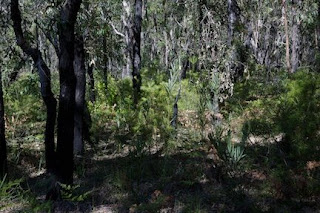

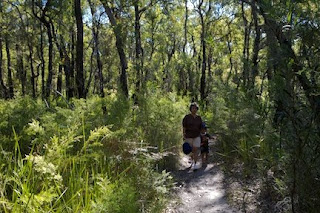
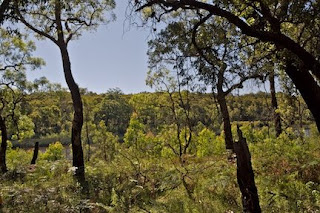
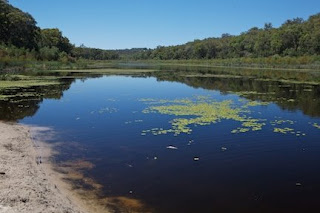
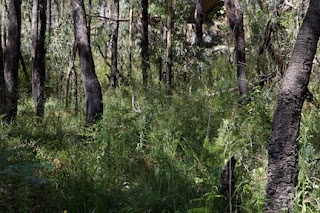

No comments:
Post a Comment